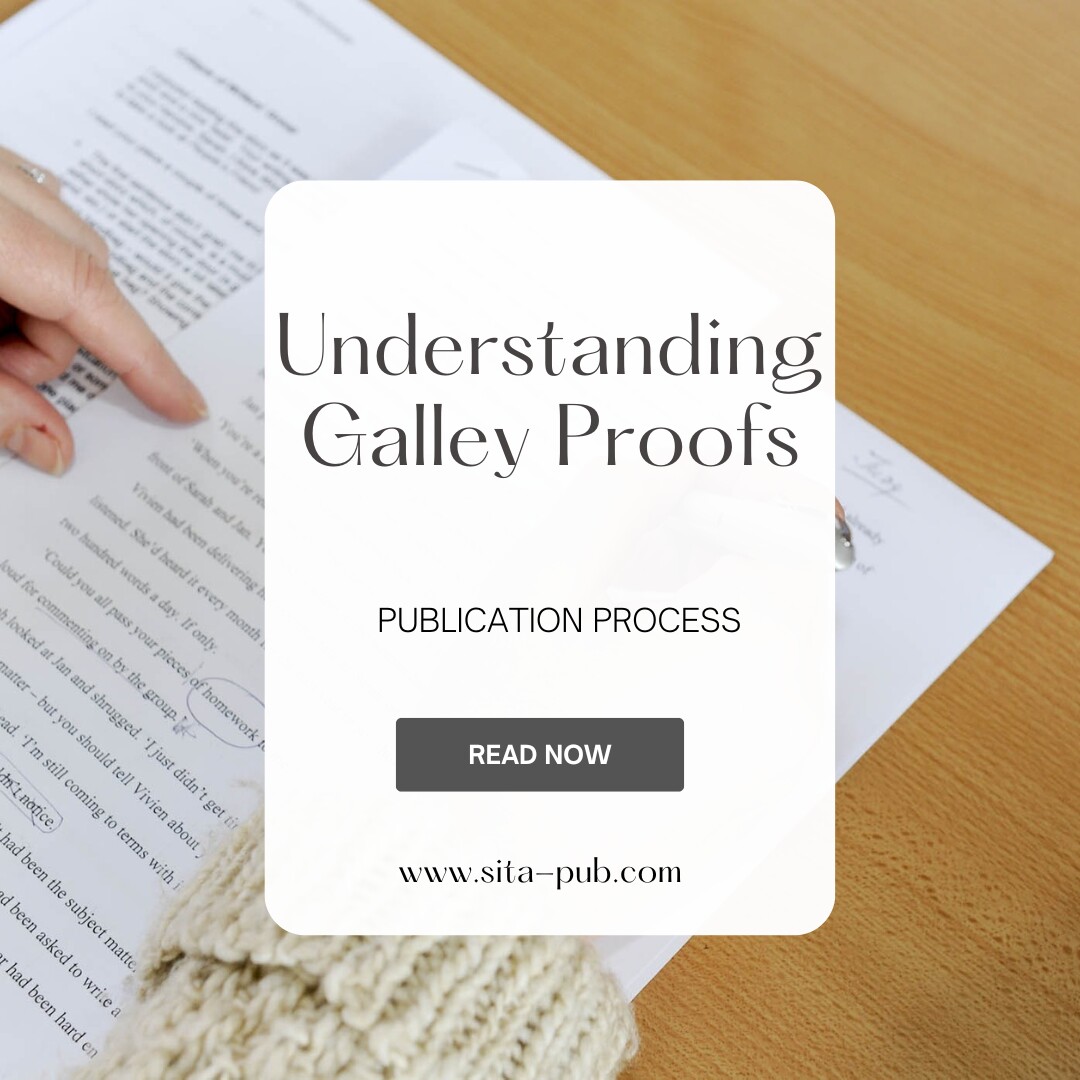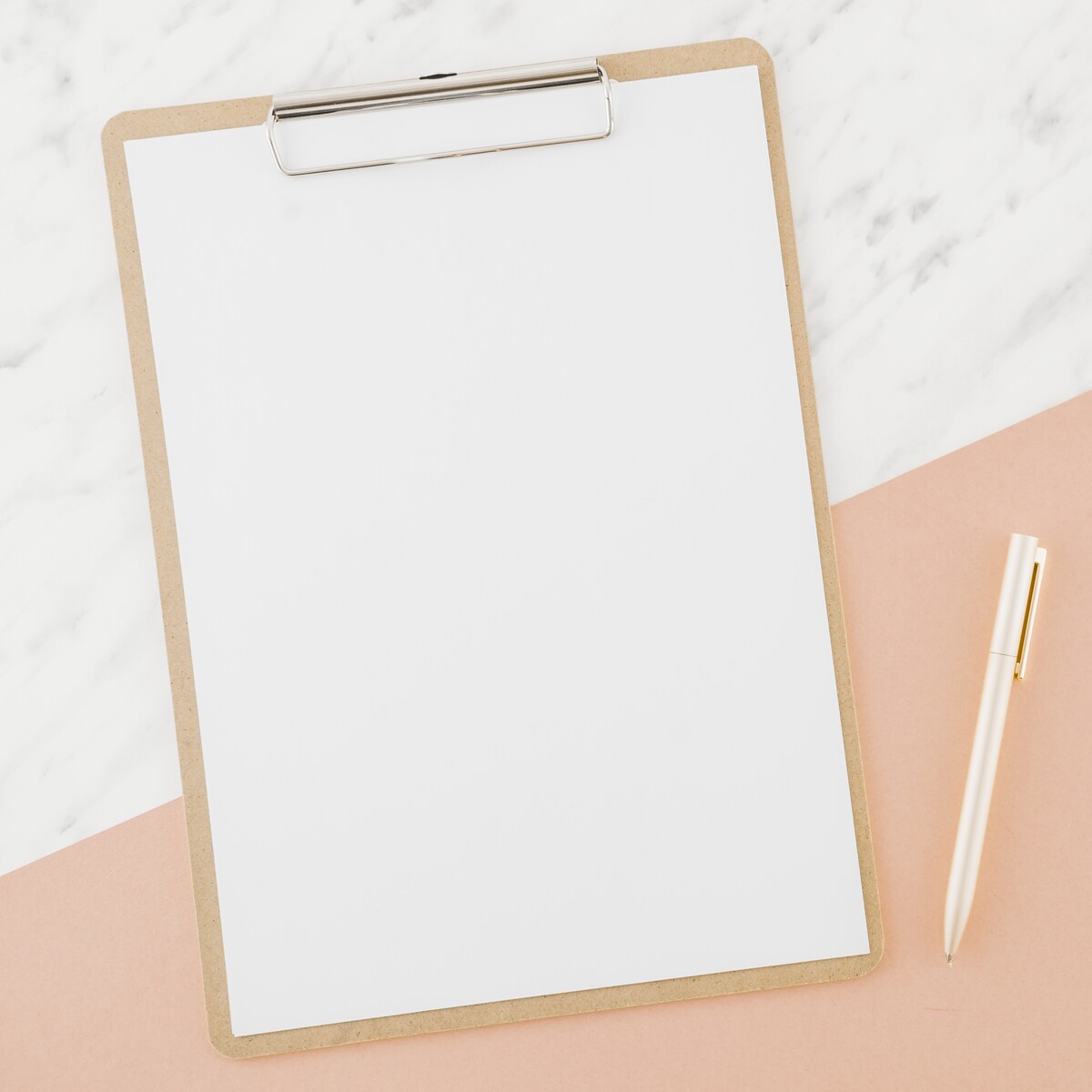Understanding Galley Proofs | Publication Process


Getting your research paper accepted for publication is a huge accomplishment! But the work isn’t done yet. After acceptance, you’ll receive something called galley proofs. It’s essential to understand what galley proofs are and why they matter in the publishing process.
Galley proofs are the final version of your manuscript that shows how your paper will look when it gets published, either in print or online. Think of them as a last chance to review your work before it goes live. You’ll receive these proofs after your paper passes the peer review stage and gets accepted for publication.

Galley proofs play a critical role in the publication process for several reasons:
Error Checking: This is your last opportunity to spot and fix any typos, grammar mistakes, or inconsistencies in your work. Even small errors can make your research look less credible.
Author Information: You can check that all authors' names and affiliations are correct. This ensures everyone gets the proper credit for their contributions.
Content Accuracy: You’ll verify that all data, figures, and in-press citations are correct. This step is crucial for presenting accurate information to your audience.
Formatting: Each journal has specific rules for formatting. Galley proofs let you double-check that your manuscript meets these guidelines, which is essential for clarity and professionalism.

When you receive your galley proofs, focus on these areas:
Spelling and Grammar: Look for typos and grammatical errors. Even minor mistakes can undermine the professionalism of your paper.
Figures and Tables: Check that all visual elements are included, clearly labeled, and relevant. Make sure the captions accurately describe the content.
References: Ensure all your references are correctly formatted according to the journal’s style guide. Double-check that every citation is included in your reference list.
Overall Layout: Take a look at the overall layout to make sure it meets your expectations. Any formatting issues can affect readability.

Here are some helpful tips for reviewing your galley proofs:
Take a Break: After you receive the proofs, take a short break before starting your review. A fresh perspective will help you catch more errors.
Use Online Tools: Some journals have platforms, like Proof Central, where you can view and annotate your proofs. Using these tools can make the review process easier.
Make Clear Notes: If you find any errors, mark them clearly on the galley proof. Follow the journal’s email instructions for returning corrections.
Submit on Time: Pay attention to deadlines for returning proofs. Journals often have strict timelines, so getting your feedback in on time is crucial to avoid delays.
Ask for Help if Needed: If you have questions or find critical changes, reach out to the journal’s editorial and production teams for assistance. Good communication can prevent misunderstandings.
Understanding galley proofs is an important step in getting your research published. This phase allows you to ensure that your work is presented accurately and professionally. By carefully reviewing your galley proofs and making any necessary corrections, you help maintain the quality and integrity of your research.
Remember, this is your last chance to make sure everything looks perfect before your paper goes public. Congratulations again on reaching this exciting stage in your publishing journey, and good luck with your future research!